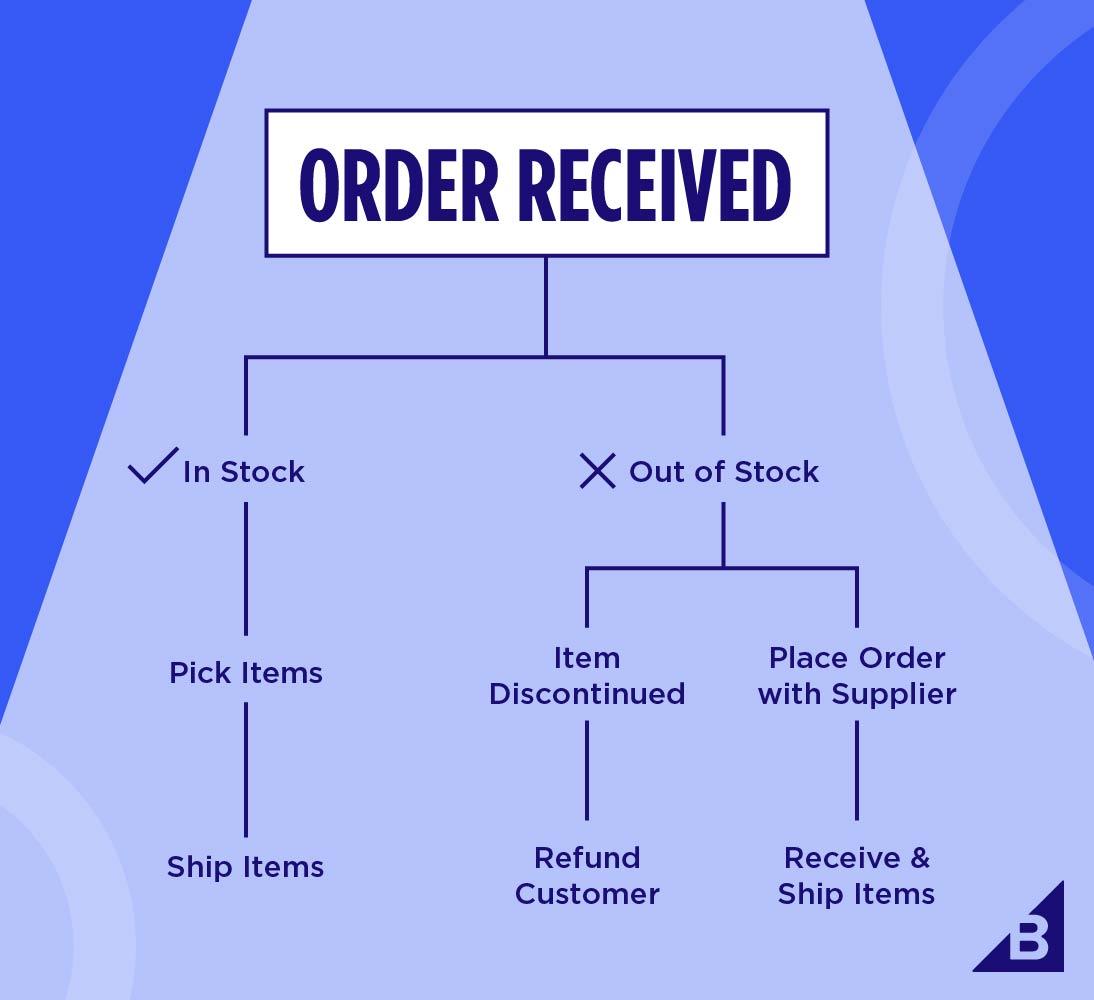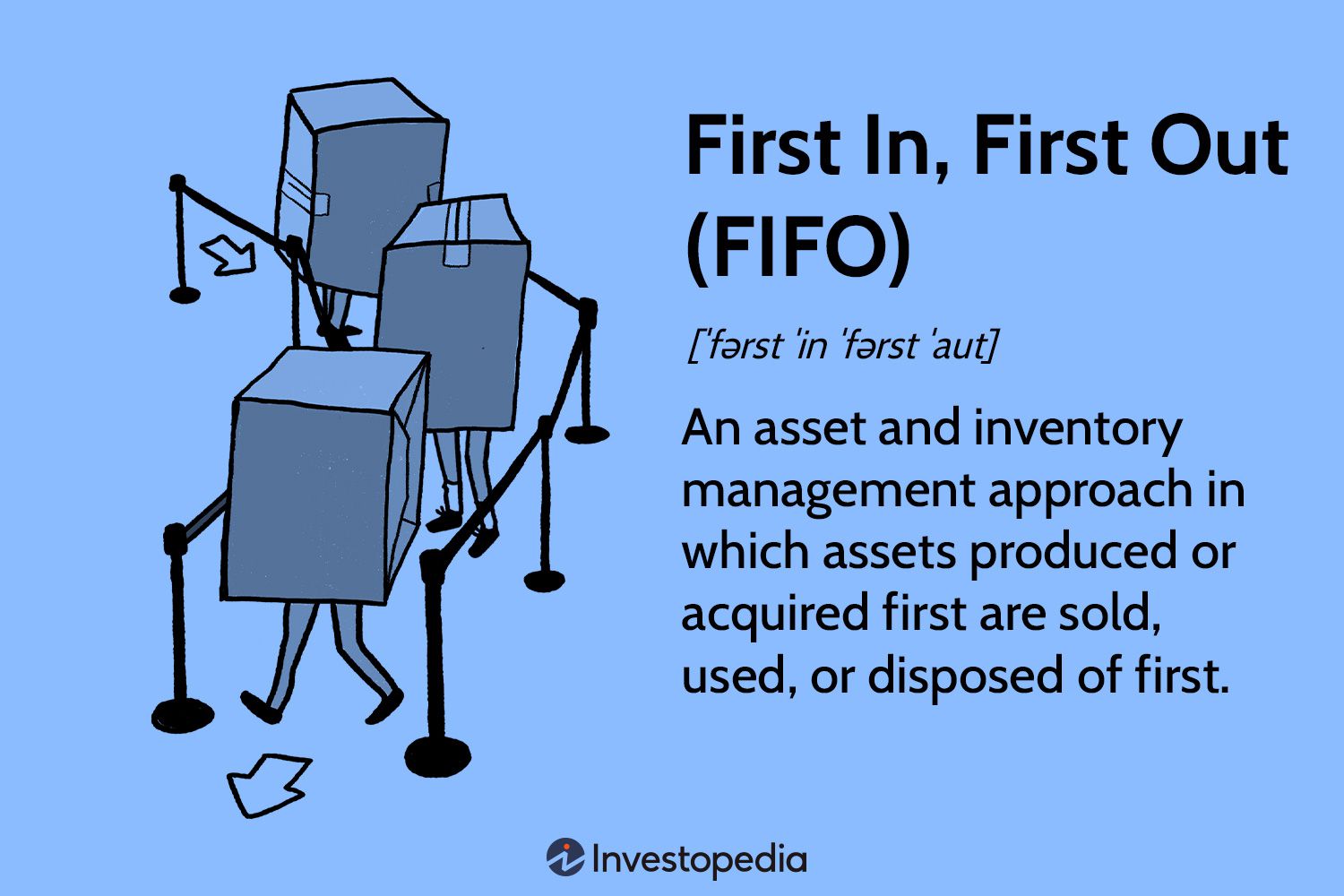Inventory management is a crucial aspect of any business, regardless of its size or industry. Without proper inventory management, businesses may face stockouts, overstocking, increased costs, and dissatisfied customers. One popular and effective inventory management technique used by businesses is First In First Out (FIFO). In this article, we will explore the concept of FIFO, its benefits, and how it can be implemented.

Credit: www.netsuite.com
Table of Contents
Understanding FIFO
FIFO is a method of inventory management that ensures the oldest inventory is sold or used first. According to the FIFO principle, the first inventory item purchased or produced is the first to be consumed or sold. This means that the older stock is sold before the newer stock. In other words, the goods that have been in the inventory for the longest time are the first to leave the inventory.
How FIFO Works
To better understand how FIFO works, let’s consider an example. Imagine you own a grocery store and sell apples. You receive a shipment of 100 apples on Monday, followed by 150 apples on Wednesday, and 200 apples on Friday.
With FIFO, you would sell the 100 apples from Monday’s shipment first, followed by the 150 apples from Wednesday, and then the 200 apples from Friday. This ensures that the apples with the oldest arrival date are sold first.
The Benefits of FIFO
FIFO offers several advantages for businesses, including:
- Product Freshness: FIFO ensures that perishable goods or items with expiration dates are sold before they become spoiled or expired. By following the principle of FIFO, businesses can maintain the quality and freshness of their products, reducing waste and customer complaints.
- Cost Control: With FIFO, businesses can accurately calculate the cost of goods sold (COGS). Selling older inventory first allows businesses to accurately allocate costs and determine the profitability of each item sold. This information is vital for effective financial analysis and decision-making.
- Reduced Obsolescence: By selling older inventory first, businesses can minimize the risk of stock obsolescence. This is particularly beneficial for industries with rapidly changing products, such as technology or fashion. FIFO helps to ensure that newer inventory items are not left unsold for extended periods, reducing the risk of obsolescence.
- Inventory Accuracy: Implementing FIFO can improve inventory accuracy. By regularly using the older inventory first, businesses can better track their stock levels, identify slow-moving items, and make informed purchasing decisions.
- Compliance with Accounting Standards: FIFO is the most commonly accepted method for inventory valuation and reporting according to Generally Accepted Accounting Principles (GAAP) and International Financial Reporting Standards (IFRS). Using FIFO can help businesses ensure compliance and streamline their financial reporting processes.

Credit: www.bigcommerce.com
Implementing FIFO
While implementing FIFO may seem straightforward, especially for businesses with perishable goods, it can be more challenging for industries with diverse product lines and different lifecycles. Here are some steps to implement FIFO effectively:
- Organize Inventory: Arrange your inventory in a way that makes it easy to access and identify the oldest items. This can be done through proper labeling, barcode systems, or implementing dedicated inventory management software.
- Train Employees: Educate your employees about the importance of FIFO and how to accurately identify and retrieve older inventory items. Regular training sessions can help reinforce the practice of FIFO in your business.
- Regular Audits: Conduct regular audits to ensure that FIFO is being followed correctly. The audits can involve physical inspections of inventory and cross-checking against sales records.
- Software Integration: Consider investing in inventory management software that provides automated FIFO tracking and reporting. This can significantly streamline the process and reduce the chances of human error.
- Monitor Stock Levels: Continuously monitor your stock levels to identify slow-moving items or potential overstock situations. This can help you make informed decisions about reordering and prevent excessive holding costs.
Conclusion
FIFO is a valuable inventory management technique that offers multiple benefits, such as product freshness, cost control, reduced obsolescence, inventory accuracy, and compliance with accounting standards. By implementing FIFO effectively through organizing inventory, training employees, conducting regular audits, using software integration, and monitoring stock levels, businesses can optimize their inventory management practices and improve overall efficiency and profitability.
Ensure your business is utilizing FIFO to gain a competitive advantage and achieve better control over your inventory.
